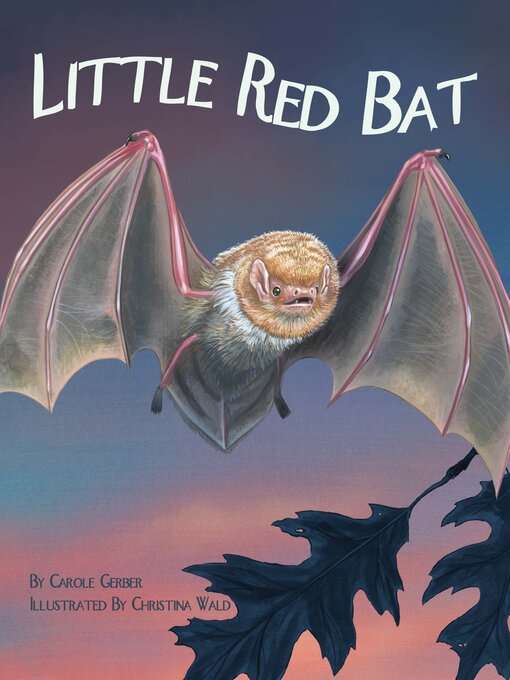Red bats can hibernate or migrate to warmer regions during the winter. Should this solitary little bat stay or should she go? That's the question the little red bat ponders as the leaves fall and the nights get colder! The squirrel tells her to stay. But what about the dangerous creatures that hunt red bats in winter? The sparrow urges her to go. But where? Carole Gerber takes young readers on an educational journey through one bat's seasonal dilemma in Little Red Bat. The For Creative Minds educational section includes: Match the Bat Adaptation, Bat Fun Facts, How Animals Deal with Seasonal Changes, Red Bats and Seasonal Change, and Bat Life Cycle Sequencing Activity.
- No wait, no problems
- What's new?
- Popular titles
- Check these out!
- Most Popular Kids eBooks
- Read-Alongs & Picture Books
- See all ebooks collections
- No wait, no problems
- What's new?
- Popular titles
- Check these out!
- Most Popular Kids Audiobooks
- Ready to Borrow Audiobooks
- Juvenile Fiction Audio Books
- See all audiobooks collections


